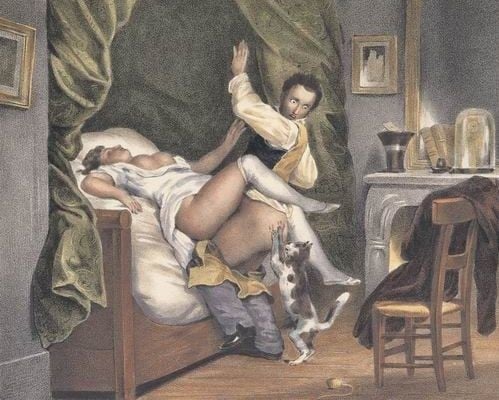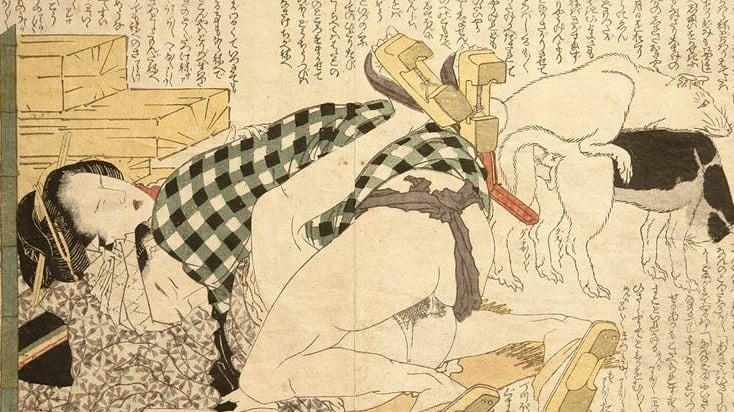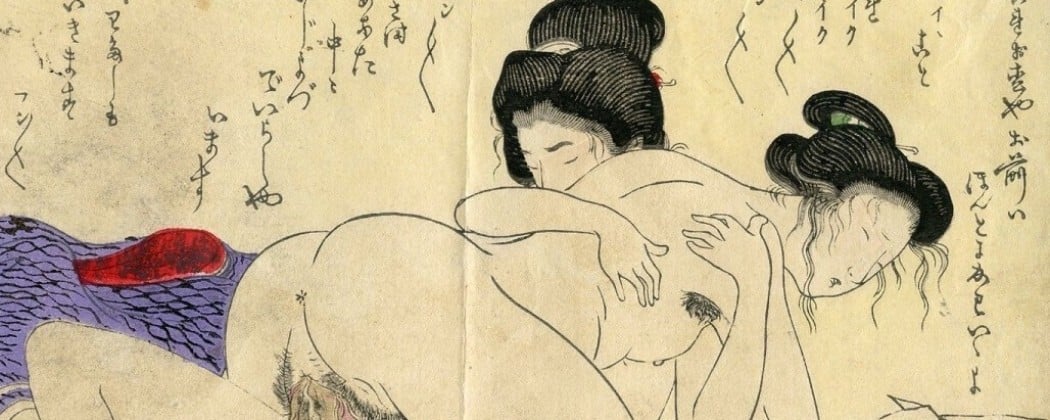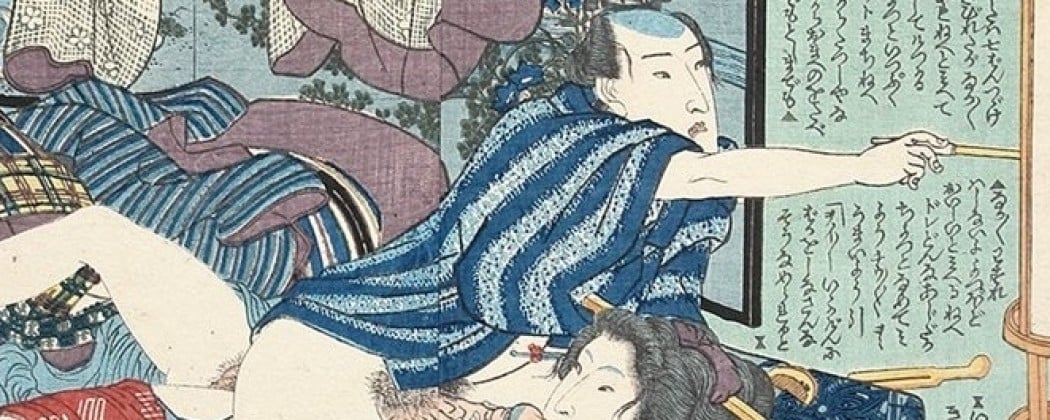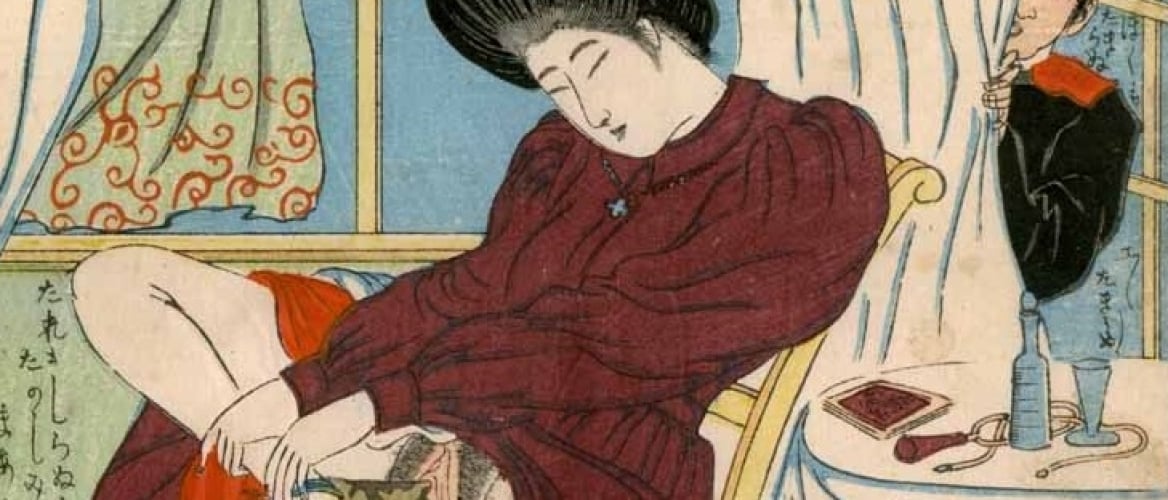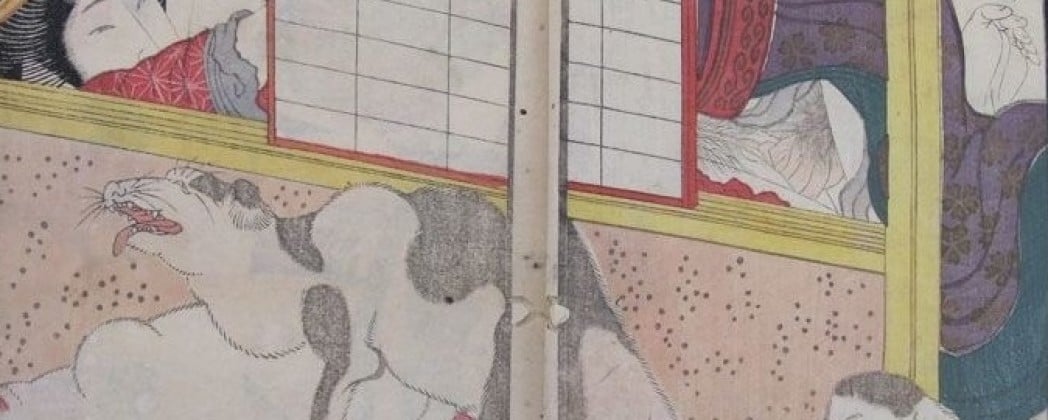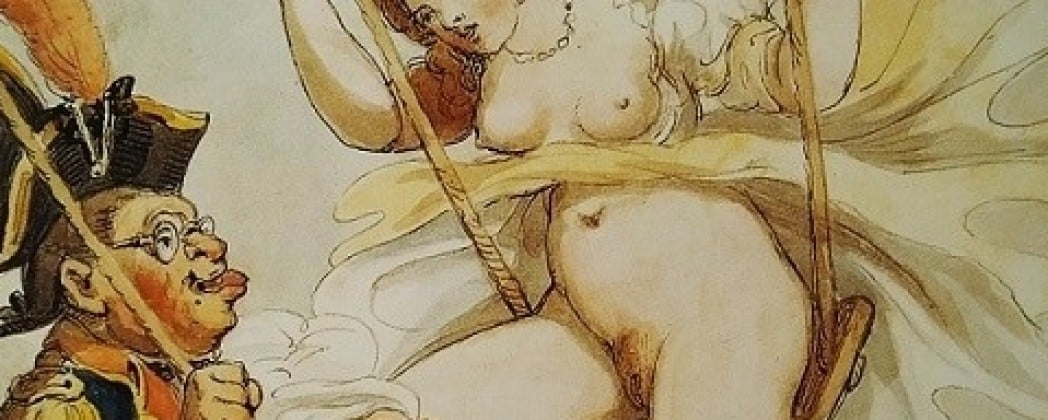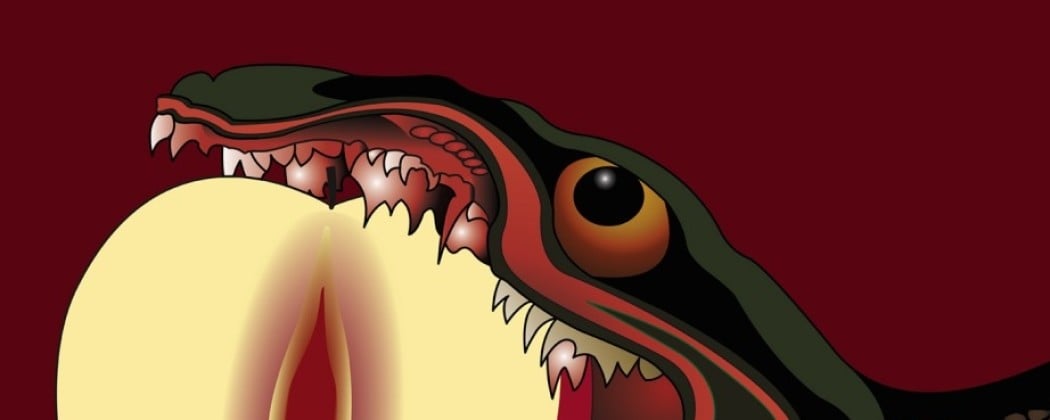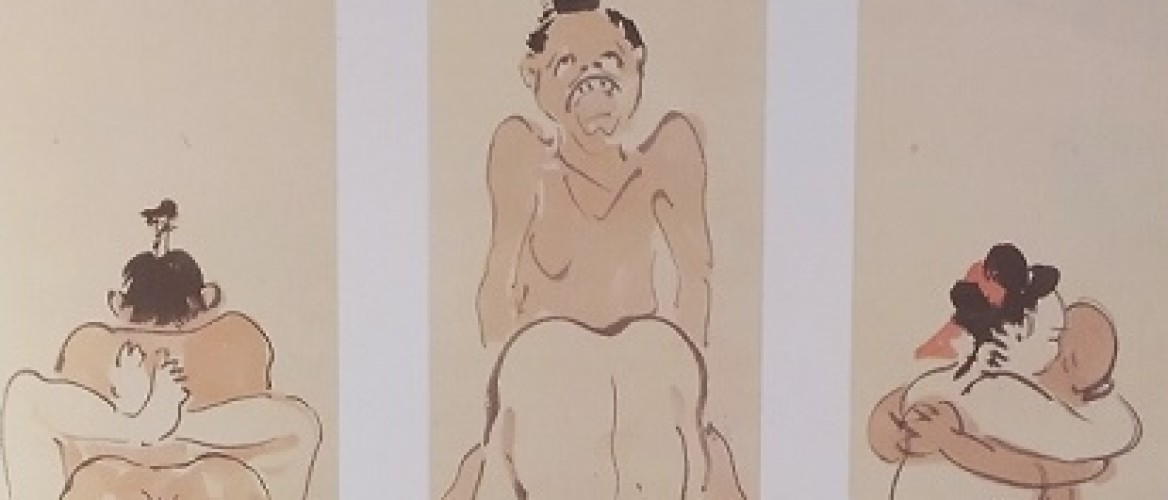
Today we’ll examine some images by a French painter Nicolas François Octave Tassaert (1800-1874), who was born in an artistic family. His father and older brother, both printmakers and print dealers, trained him in fine arts during his childhood. In 1816 Tassaert became an apprentice of the engraver Alexis-François Girard (1789-1870).
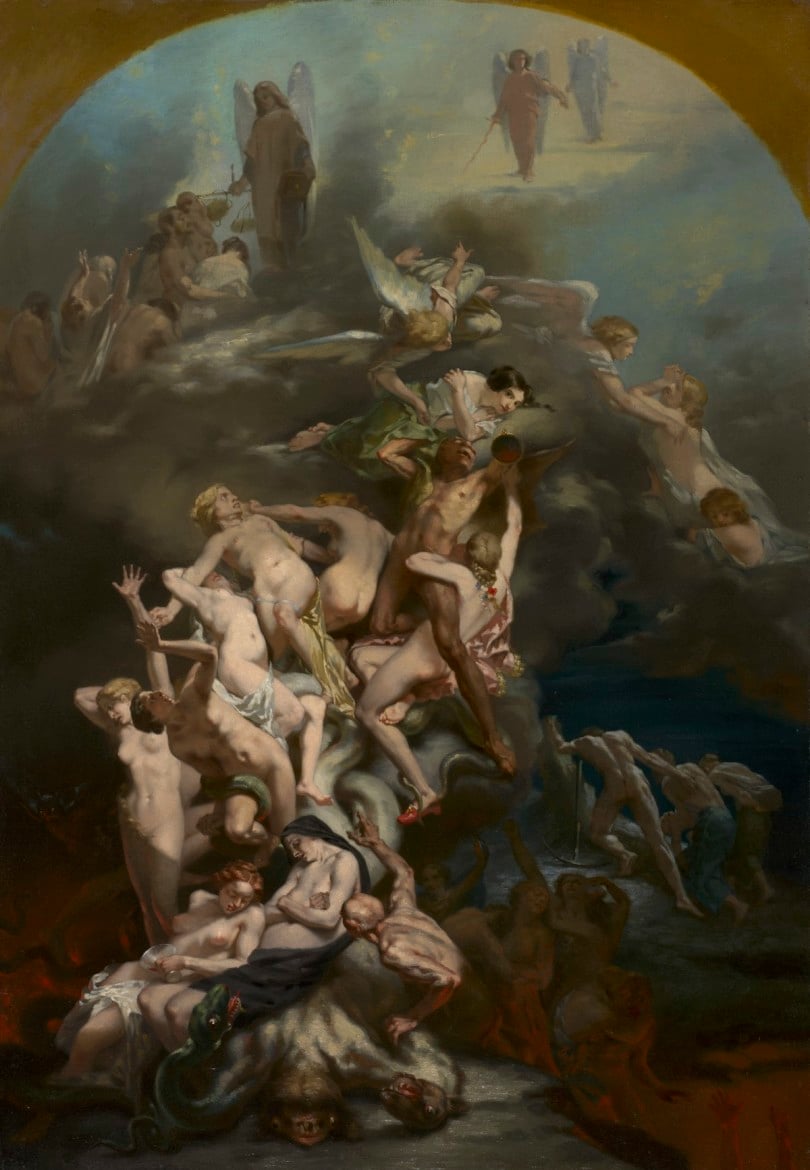
Fig. 1. ‘Heaven and Hell‘ ca. 1850.
The Death of Correggio
He also studied at the École des Beaux-Arts (1817-1825). Like many artists, he didn’t receive any awards he wanted to and lacked the attention of the audience and critics. To make some money, he was working as an engraver and lithographer. He reached his luck in 1834 when his work The Death of Correggio (Fig.2) was bought by the Duke of Orléans.
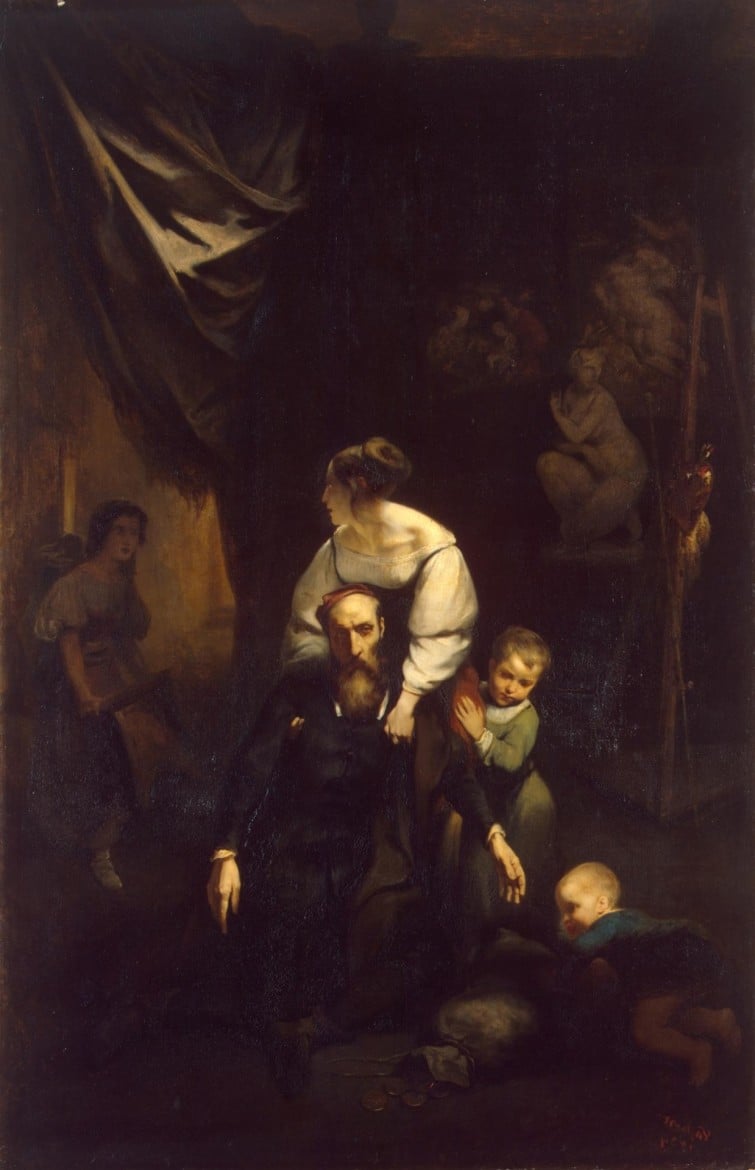
Fig. 2. ‘The Death of Correggio‘ (1834).
Melodramatic Plot
In the 1850s Tassaert mainly drew paintings with a melodramatic plot: poverty, suicide, dying children, etc. (Fig.3) Despite gaining some popularity among the public at that time, he still wasn’t honored by critics, who considered his works too manipulative.
Inhaling Coal Gas
In his turn, he despised the artistic world due to his unfulfilled ambitions, and this attitude made him retire his career as a painter in the 1860s. After that, he became addicted to alcohol, and his eyesight was severely damaged. Being unable to change the situation for better, Tassaert committed suicide in 1874 by inhaling coal gas.
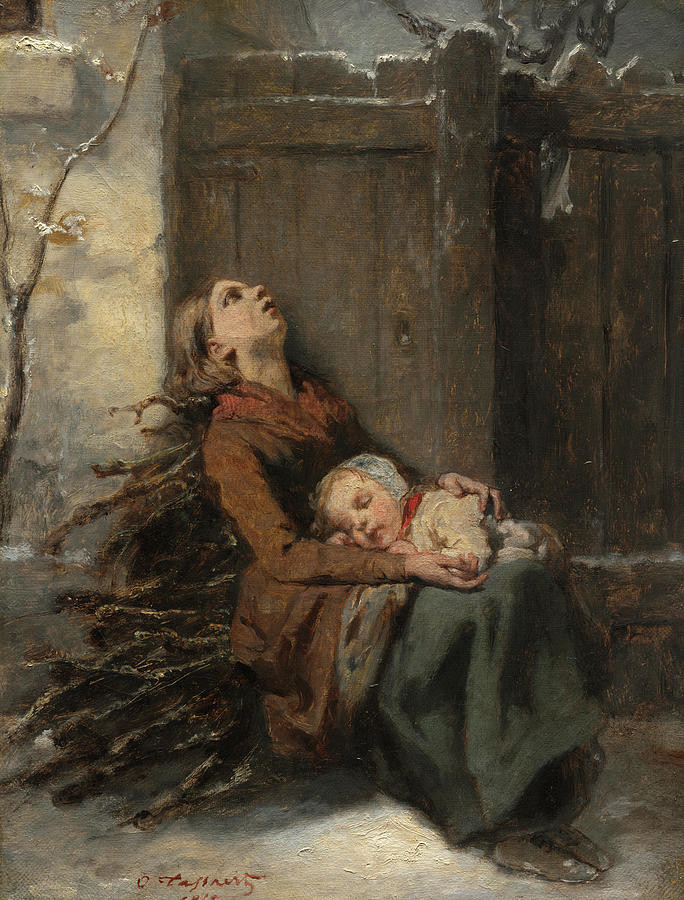
Fig. 3. ‘Destitute Dead Mother Holding Her Sleeping Child in Winter‘ (1850)
The Sinful Bliss of Octave Tassaert’s Images in Comparison to Shunga art
Speaking of Tassaert’s creation, we should take into account the fact that he wasn’t only “the poor man’s Prud’hon” or “Dickens of the fine arts” as one may decide while looking at the images of mournful families. There was also the opposite “hedonistic” side, connected with the depiction of sexual pleasures.

Fig. 4a. ‘The Cursed Woman‘ (1859)
The Cursed Woman
One of the most famous paintings by Tassaert now is The Cursed Woman (1859), where we see a female character, probably Aphrodite, who is being pleased by three celestial spirits. Also, it can be an apocryphal version of the fall of Eve or, on the contrary, the depiction of her heaven state, as we don’t see here the sexual act in its’ biblical sense (penetration by Adam). The contrast between the title and the image is quite thought-provocative.
Nymphomaniac
What the viewer faces here is either a nymphomaniac, who desperately tries to reach the sexual bliss, or a woman, who feels blessed but also oppressed by morality. The morality, though, can’t demean her pleasure as the title can’t beat the blissful atmosphere of the painting. This image, in all its’ extravagance, is a perfect example to compare with Japanese shunga art.
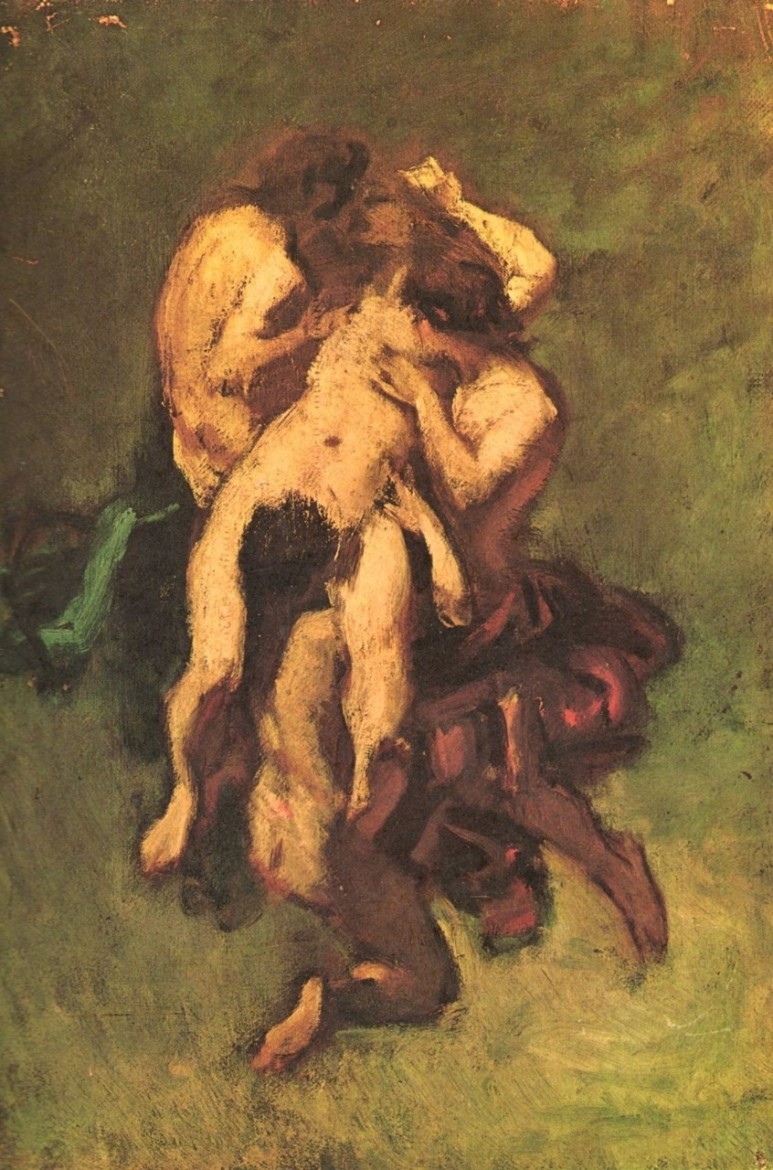
Fig. 4b. ‘The Cursed Woman (another impression)‘
Sexual Utopia
By all means, shunga opens the world of sexual utopia for the viewer. Yet one can notice certain features pointing at the fact that this kind of erotic art existed predominantly for the male audience. For instance, threesome more often consists of one man and two women. Images depicting one man having sex with multiple women are quite frequent, while pictures similar to the painting of Tassaert are scarce enough.

Fig. 5. ‘Threesome with two men and one woman‘. Attrib. to Hishikawa Moronobu (1618-1694)
Rape Scenes
Composition with one woman and several men was mainly in use when the artists portrayed rape scenes, demonstrating male dominance. Meanwhile, The Damned Woman deals with female pleasure. Other erotic paintings by Tassaert have the spirit of classic shunga with its’ satiric approach to sex.
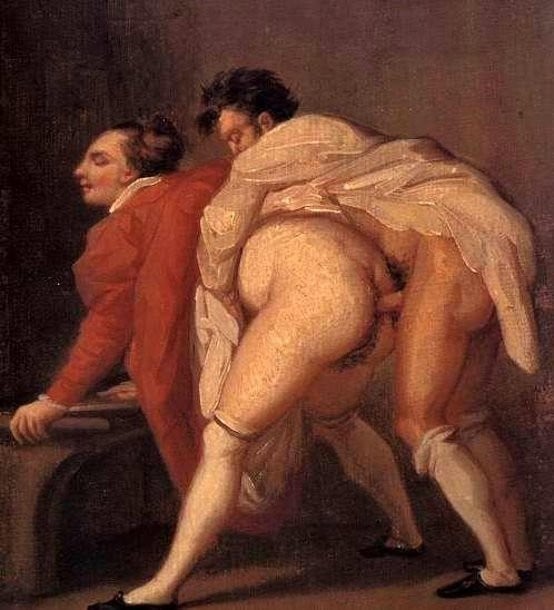
Fig. 6. ‘Untitled‘ (the image is taken from culturacolectiva.com)

Fig. 7. ‘The Cautious Lover‘ (1860)
Cat
Fig. 8 reminds of works by Kuniyoshi, who was a cat lover and often drew cats in his shunga. One of the prints from Shunshoku Irifune Chô (Spring Scenery for the Launching of New Ships, 1837) shows us a cat, who demands attention from the woman. If the woman chooses her lover, he may end up like one in the image by Tassaert.
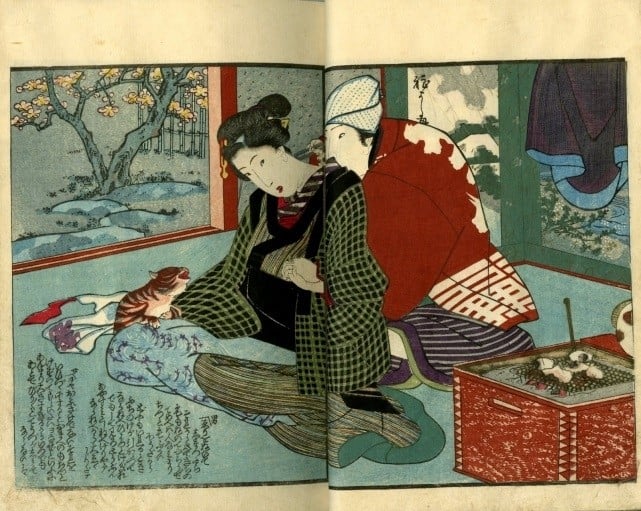
Fig. 9. ‘A woman has to divide her attention between her restless lover and the attention-seeking cat’, Kuniyoshi, 1837.
Innocent Mischief
Another amusing variation on the “interfering cat” theme was treated by the artist Kawanabe Kyosai in one of his hanging scrolls (Fig.10) produced c.1880. The innocent mischief of the cat shift’s the viewer’s attention away from the act of sex itself, allows us to take a step back and see how comical people actually are, when it comes to sex.
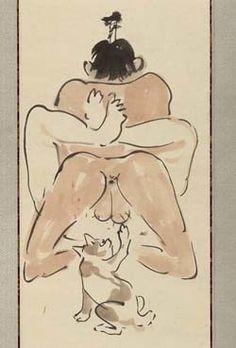
Fig.10. ‘Detail of a scroll painting by Kawanabe Kyosai‘ (c.1880)
Below you can see more Tassaert’s erotic paintings.
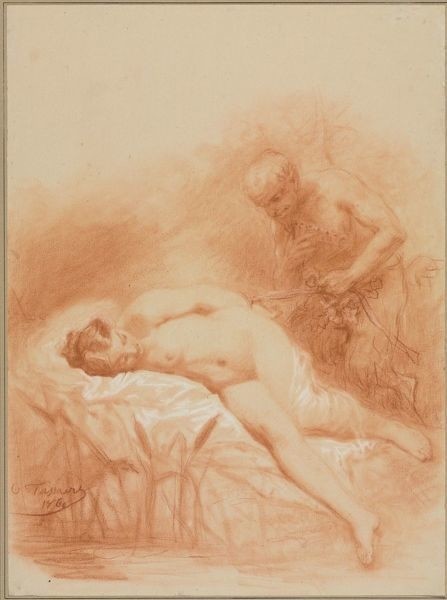
Fig. 11. ‘A nymph and a satyr in the woods‘ (1800s)
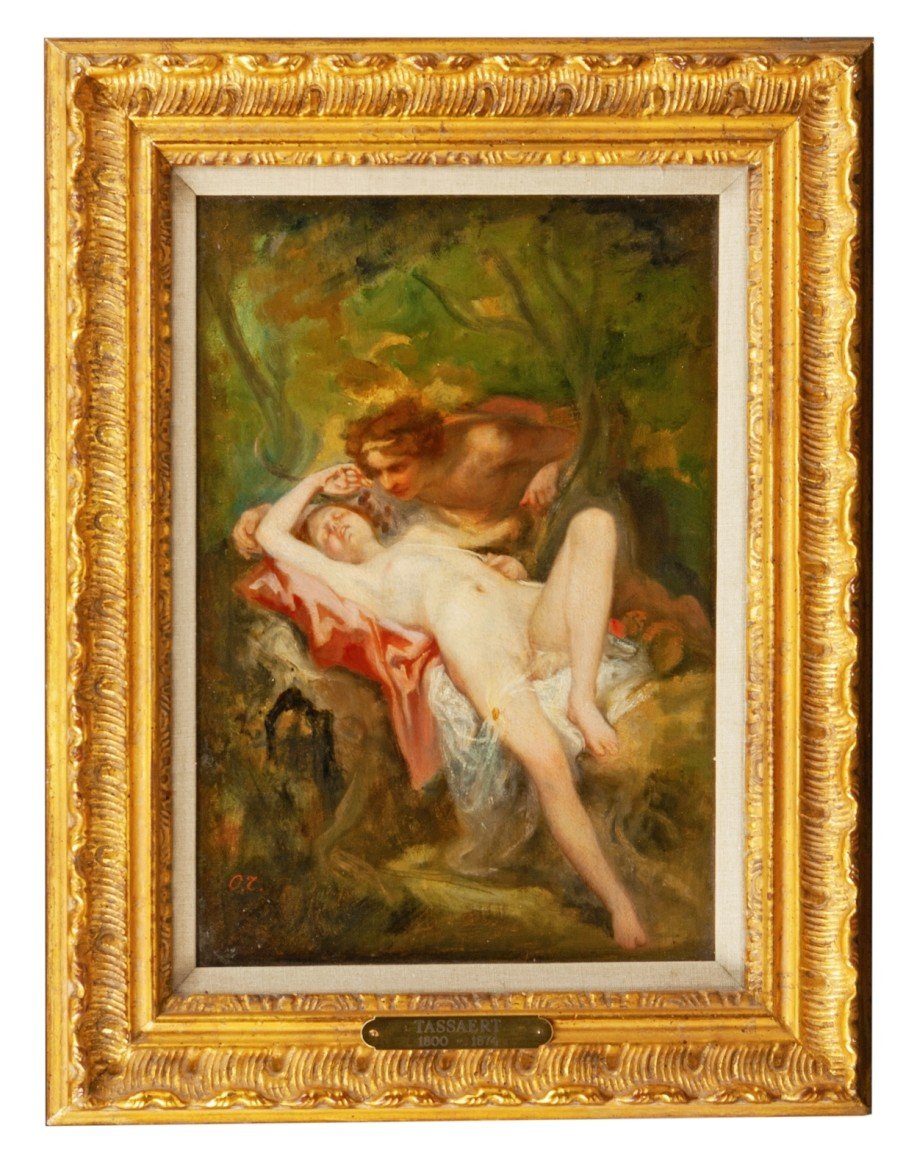
Fig. 12. ‘Psyche Revived by Cupid‘ (image is taken from mutualart.com)

Fig. 13. ‘The Woman leans on the Couch‘ (1850s)

Fig. 14. ‘A Sultry Dream‘ (1850s)
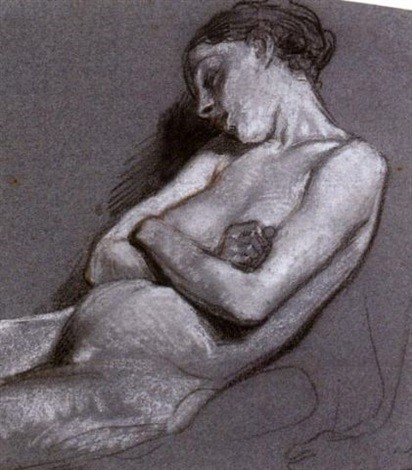
Fig. 15. ‘The Sleeping Nude‘ (1850s)
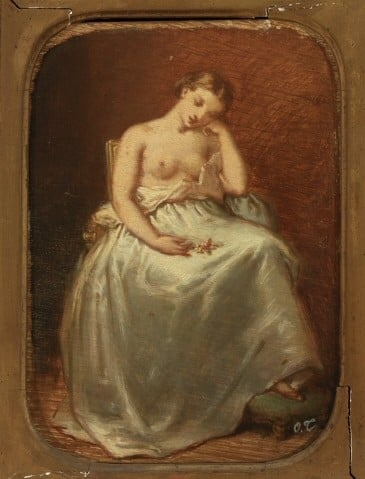
Fig. 16. ‘After the Ball‘ (1840s)
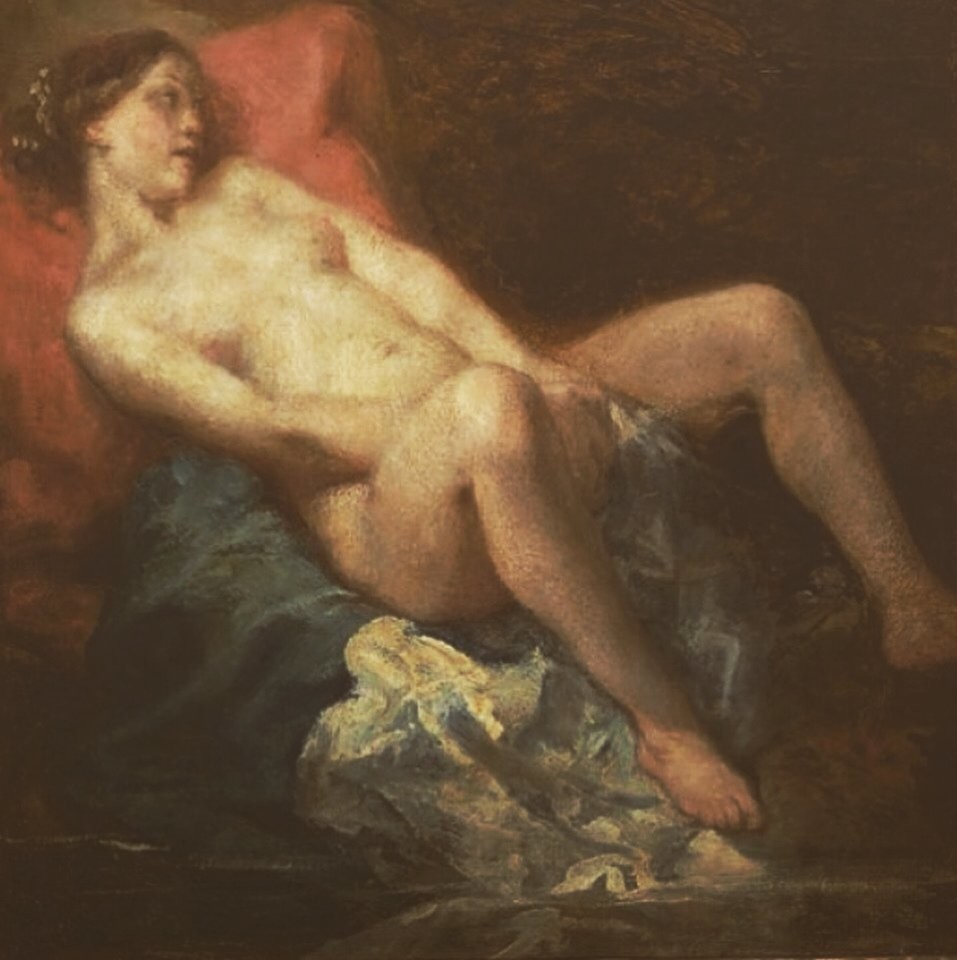
Fig. 17. ‘The Nude Girl‘ (1846)
Click HERE and check out the fascination for shunga of Auguste Rodin…!!
Sources:
https://en.wikipedia.org/wiki/Octave_Tassaert
https://www.clevelandart.org/art/1980.287
https://culturacolectiva.com/art/erotic-paintings-that-show-the-heavenly-side-to-an-orgasm
‘Sex and Laughter with Kyosai: Shunga from the Israel Goldman collection‘ by Ishigami Aki and Sadamura Koto
What do you think of Tassaert’s satirical erotic paintings? Leave you reaction in the comment box below….!!

